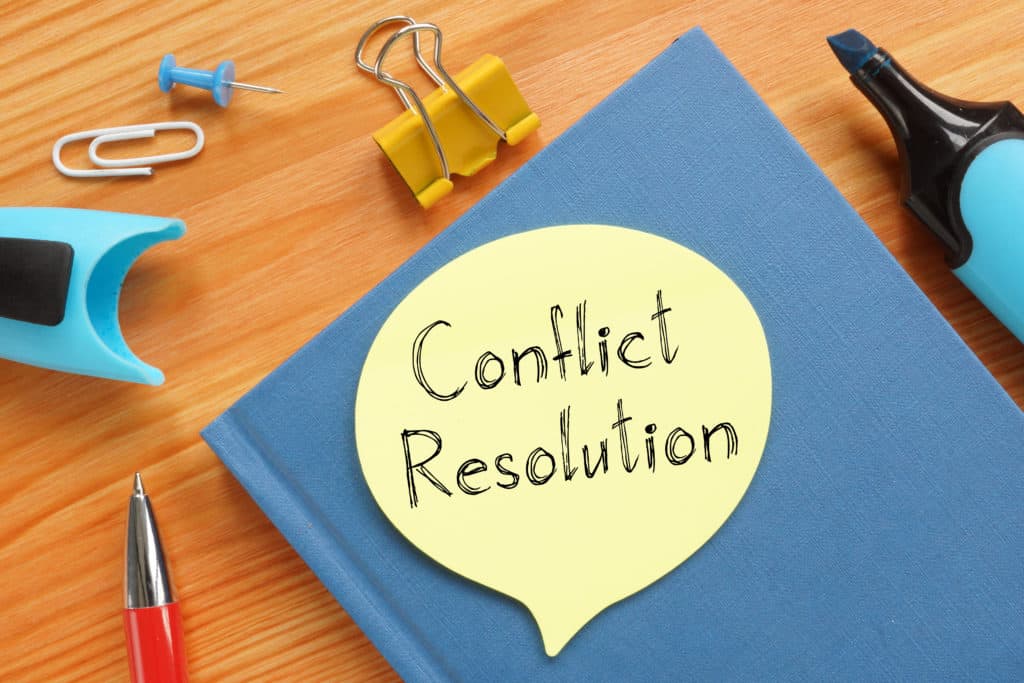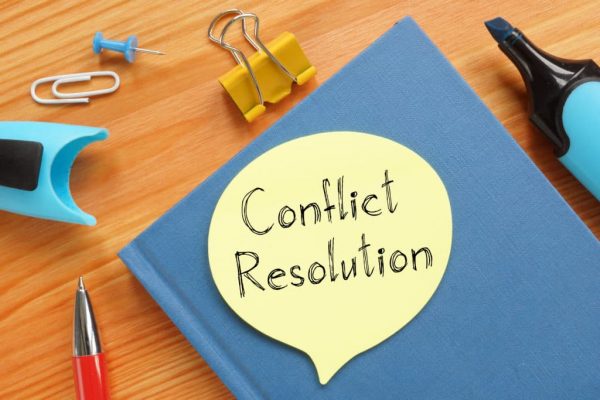Conflicts arise on a daily basis, what matters most is how these conflicts are handled because they can either propel or disrupt the momentum for a leader, a team or the entire organization.
Read more about Leadership
Dealing with conflicts as a leader is the ability to identify and handle conflicts efficiently and fairly. The workplace, which is supposed to be a positive working environment, can become a toxic environment when leaders allow conflict to fester rather than confront it head-on. Therefore, it is important for every leader to deal with conflicts the right way when they arise.
As a leader, you must ensure you consistently communicate with your team as well as articulate a vision, that way you can sense when a conflict is about to arise. Whenever conflict is not properly handled or managed, it can result in a disruption of the effectiveness of employees and slow the achievement of organizational goals.
There are several steps to dealing with conflict as a leader, some of them include:
Identify the cause of the conflict
As a leader, you may not be able to deal with conflict without knowing the cause of the conflict and this can be carried out through thorough assessment of the situation. While accessing the cause of the conflict, do not try to avoid the issue, on the other hand, you should attempt to either minimize or neutralize the conflict.
Sign up for the Connect Nigeria daily newsletter
In addition, while you try to identify the cause of the conflict, remember that not all decisions made by you will be supported by everyone, therefore ensure you have enough proof of wrongdoing.
Know Your Boundaries
In certain cases, conflict can become something much more complicated and unmanageable if you don’t know the limitations and boundaries of your employees. It is important you understand that everyone deals with conflict differently, so you must know the risks and rewards of conflict resolution within the boundaries of each of your employees.
While trying to resolve or manage the conflict, carefully and gently help others know when they tend to cross the line through careful observation. This way, you can identify their conflict boundaries and helps you establish certain standards and rules that will help prevent conflict from arising in the near future.
Respect Differences
In addition to identifying boundaries, it is important to respect differences, as everyone is different with varied views and beliefs. Rather than impose your influence, hierarchy or rank, respect the unique differences in people and learn to see things from differing points of view so you can better understand how to avoid conflict in the future.
Register to attend the Connect Nigeria Business Mixer
It is expected that you do not take sides with anyone, rather capture the diverse points of everyone involved in the conflict. A leader must work to appreciate the gifts everyone brings to the workplace.
Confront the Issue
Most persons tend to avoid issues when they arise, but as a leader, you should understand that leadership is often about doing the things that most other people don’t like doing.
Conflict resolution is one of those things and as a leader; you must confront the tension head-on. Do not wait, but rather activate your leadership to address the conflict before circumstances get too tensed and out of hand.Conflict resolution is much like any other form of adversity that means either you act or you don’t.
In conclusion, it is important you develop certain skills such as self-awareness, communication, respect, and appreciation for others. These skills are important aspects of the leader’s role in ensuring conflict is managed and organizational goals are prioritized.
Featured Image Source: Kvalito
Got a suggestion? Contact us: [email protected]


